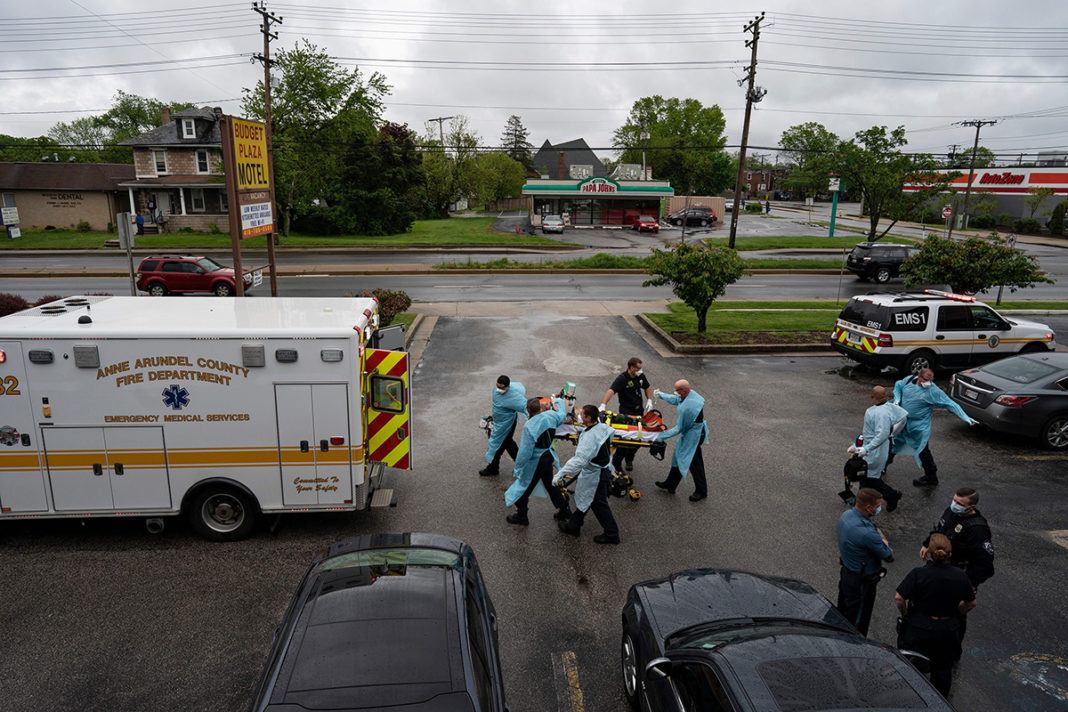Trends Suggest Attention and Resources Need to be Urgently Allocated to Latino Communities to Turn the Tide
Los Angeles, CA – Today, the Drug Policy Alliance released The Impact of the Overdose Crisis on the Latino Community in California, new research that uncovers the often-overlooked impact of the overdose crisis on the Latino population in California. DPA commissioned the study–conducted by Dr. Avelardo Valdez, a professor and researcher at the University of Southern California’s Suzanne Dworak-Peck School of Social Work–and helped draft concrete policy recommendations to help mitigate the rise in overdoses among this community.
“While overdose deaths among the Latino population have historically been lower than other racial and ethnic groups in the United States, we are starting to see a very troubling trend that suggests a sharp rate of increase. These groups have been largely overlooked when it comes to providing access to resources to curb the overdose crisis, and intervention is urgently needed to avoid a health emergency,” said Jeannette Zanipatin, Director of DPA’s California Policy Office. “This research is a canary in the coal mine warning us that it’s time to wake up and ensure Latino populations in California—and across the country–receive the same attention that has been paid to other communities to protect against vulnerability to increasing overdose rates.”
In particular, this research uncovered some startling trends, including:
Nationally:
- In 2017, the Latino overall drug overdose rate was roughly half of the national rate (10.6 vs. 21.7 per 100,000), yet this rate increased by 158% from 2014 to 2017.
- Illicit opioids are driving overdose deaths among Latinos. In 2017, fentanyl was the most commonly involved drug in overdose deaths among Latinos (40.2% of overdose deaths), followed by heroin (31.2%), and cocaine (26.8%).
In California:
- The opioid-involved overdose death rate for Latinos in California nearly doubled between 2016 and 2019 (2.59 to 5.07 per 100,000).
- Prescription opioids have contributed to the majority of Latino overdose deaths in California since at least 2006. While the rate was stable for a decade, it increased by 138% between 2015 and 2019 (1.57 to 3.75 per 100,000).
- Fentanyl-involved overdose deaths increased 35-fold between 2013 and 2019 (from 0.08 to 2.82 per 100,000), and fentanyl replaced heroin as the second most-involved drug in overdose deaths in 2018.
- Methamphetamine-involved overdoses appear to be increasing and may overtake heroin in coming years.
When the data is broken down by county in California, the impacts are even harsher. The research found that the overdose rates in Lassen, Lake, San Francisco, Nevada and Mendocino Counties were significantly higher than the state or national average. Simply looking at state-level statistics has historically not shown the full extent of harm.
The brief outlines key policy recommendations that should be considered in order to mitigate the consequences of the overdose crisis and its impacts on Latino communities in California and more broadly. Some of the recommendations include:
- Authorizing Overdose Prevention Programs in California at the state and local level, especially where the overdose rates are high such as Lassen, Lake, San Francisco, Nevada, and Mendocino Counties and other vulnerable communities;
- Promoting federal, state, and local legislation to decriminalize personal possession of small amounts of drugs while expanding access to substance use and health services;
- Supporting federal action to make Medication for Addiction Treatment for opioid use disorders (MAT), especially methadone and buprenorphine, more accessible by removing the X waiver requirements for prescribing buprenorphine;
- Increasing access to naloxone and MAT through private insurance and the State’s Drug Medi-Cal program, including requiring both doctors to co-prescribe and pharmacists to co-dispense naloxone to Latino patients with opioid prescriptions;
- Increasing local funding and prioritization of community-based health services and mobile naloxone distribution for people at risk of opioid-related harms, especially in Latino vulnerable communities and in high-risk counties;
- Expanding county and city authorized syringe service programs, which are vital access points for naloxone, and fentanyl testing strips with a special focus in Lassen, Lake, San Francisco, Nevada and Mendocino Counties;
- Increasing Spanish-speaking staff, including front-line personnel, in harm reduction and syringe exchange programs that are able to connect directly with community members and increase trust within the Latino community for harm reduction organizations;
- Partnering with existing and new efforts to relaunch a Latino-centric approach and community education campaign on the safe use of opioids and overdose training programming, including the use of naloxone at the county and state level.
The full brief and complete list of policy recommendations can be found here.















